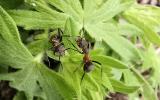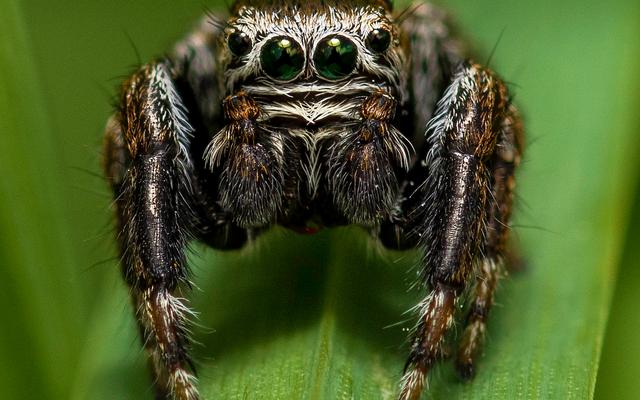Ants are among the best-known insects. There are about 140 species in Switzerland, including seven forest ant species, six of which occur in the canton of Bern. All forest ant species are protected and some are on the red list of endangered and threatened species. Nevertheless, knowledge about their occurence in the canton of Bern is very incomplete. This is why Isabelle Trees and Hannes Baur from the Museum of Natural History Bern have launched the «Bern forest ant inventory» project. For only when these important findings and data are known can the important animals also be properly protected. As part of a scientific study, the forest ant mounds in the canton of Bern are now being mapped with the help of the public.
Help us by becoming a citizen scientist!
In order to learn more about the forest ants, as many locations of forest ant mounds as possible are to be collected and mapped over the next 3 years. In a citizen science project, the population is called upon to support the project with their own data. So if you find an ant hill during your next hike or forest walk in the canton of Bern, please report your observation to the project team.
Report the find location (the coordinates) and the find date with a photo directly to iNaturalist. On the project page: https://waldameisen.blog you will find valuable additional information and the current status of the research project.
Useful helpers
Hill-building red forest ants play an important role for the forest. For example, they are important residue recyclers because they remove carrion and thus contain the spread of diseases. Because they also eat pests and their larvae (including ticks), they protect trees and other plants. By building their nests, they loosen the soil and enrich it with nutrients. This in turn allows plants to grow better. They also help to disperse seed plants. They are also an important source of food for birds and other native animals.




